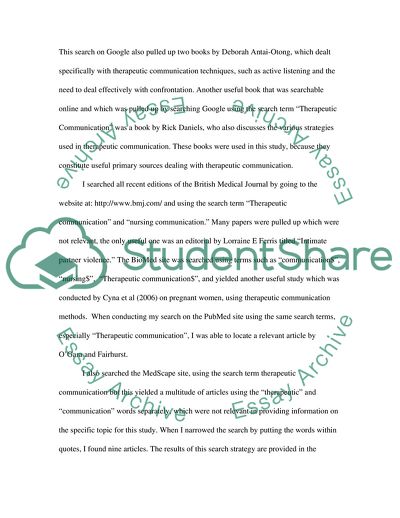Cite this document
(Therapeutic Communication Literature review Example | Topics and Well Written Essays - 1750 words, n.d.)
Therapeutic Communication Literature review Example | Topics and Well Written Essays - 1750 words. Retrieved from https://studentshare.org/health-sciences-medicine/1713246-literature-search-and-review-on-therapeutic-communication-in-adult-nursing-in-uk-only
Therapeutic Communication Literature review Example | Topics and Well Written Essays - 1750 words. Retrieved from https://studentshare.org/health-sciences-medicine/1713246-literature-search-and-review-on-therapeutic-communication-in-adult-nursing-in-uk-only
(Therapeutic Communication Literature Review Example | Topics and Well Written Essays - 1750 Words)
Therapeutic Communication Literature Review Example | Topics and Well Written Essays - 1750 Words. https://studentshare.org/health-sciences-medicine/1713246-literature-search-and-review-on-therapeutic-communication-in-adult-nursing-in-uk-only.
Therapeutic Communication Literature Review Example | Topics and Well Written Essays - 1750 Words. https://studentshare.org/health-sciences-medicine/1713246-literature-search-and-review-on-therapeutic-communication-in-adult-nursing-in-uk-only.
“Therapeutic Communication Literature Review Example | Topics and Well Written Essays - 1750 Words”. https://studentshare.org/health-sciences-medicine/1713246-literature-search-and-review-on-therapeutic-communication-in-adult-nursing-in-uk-only.


